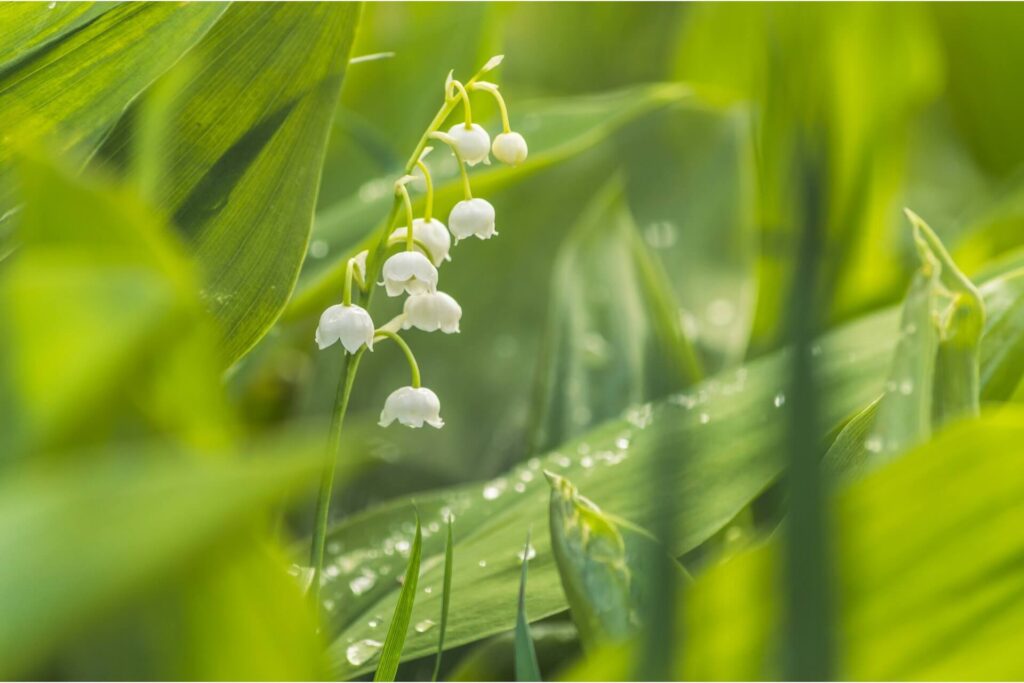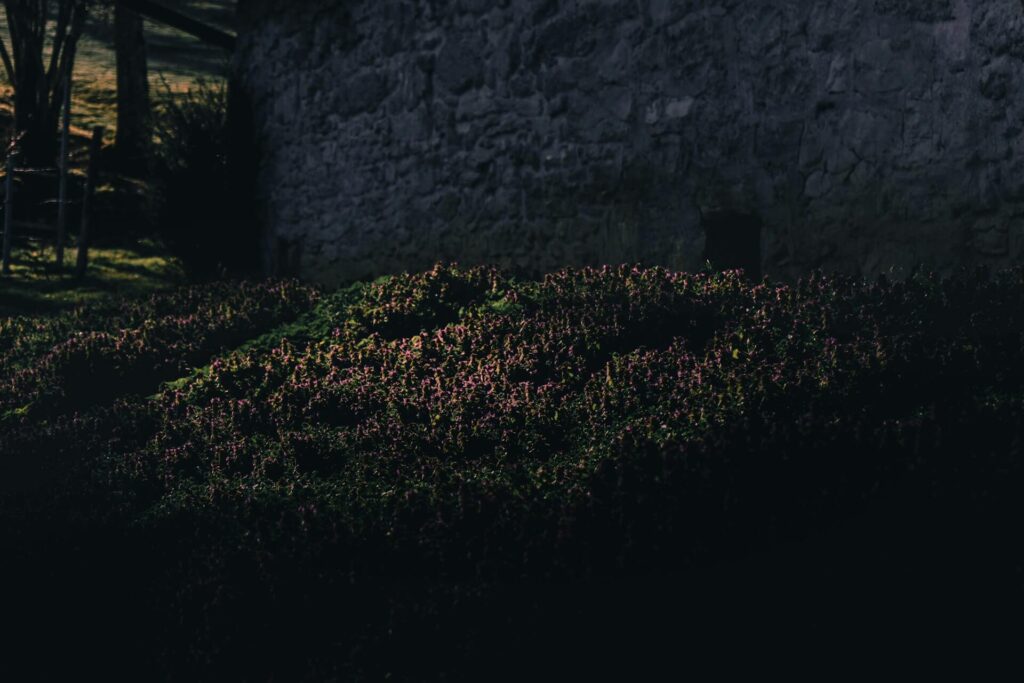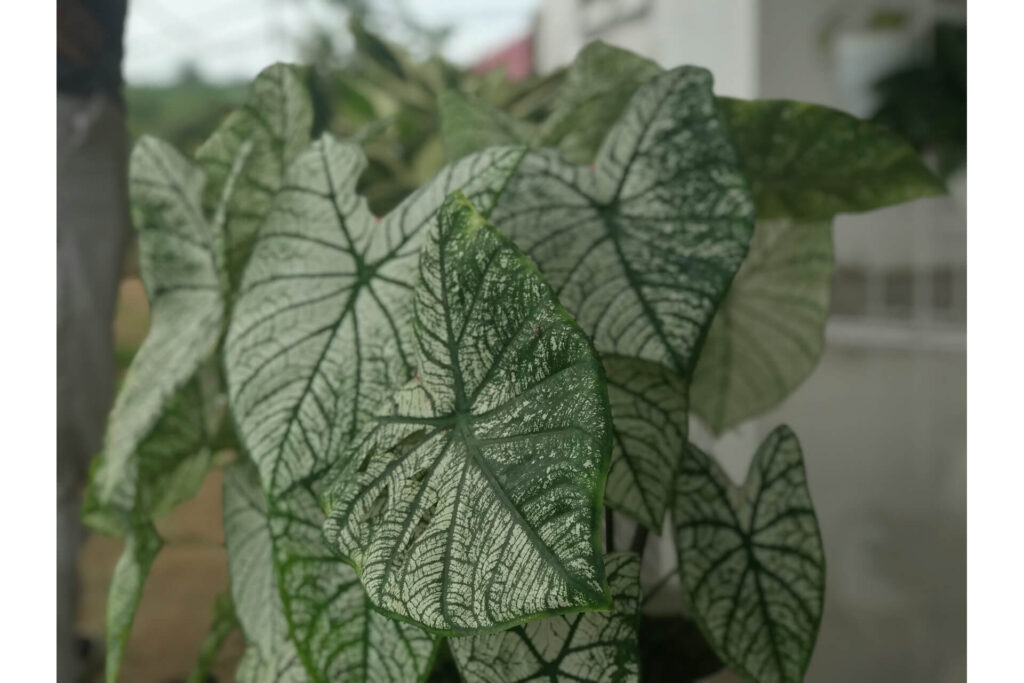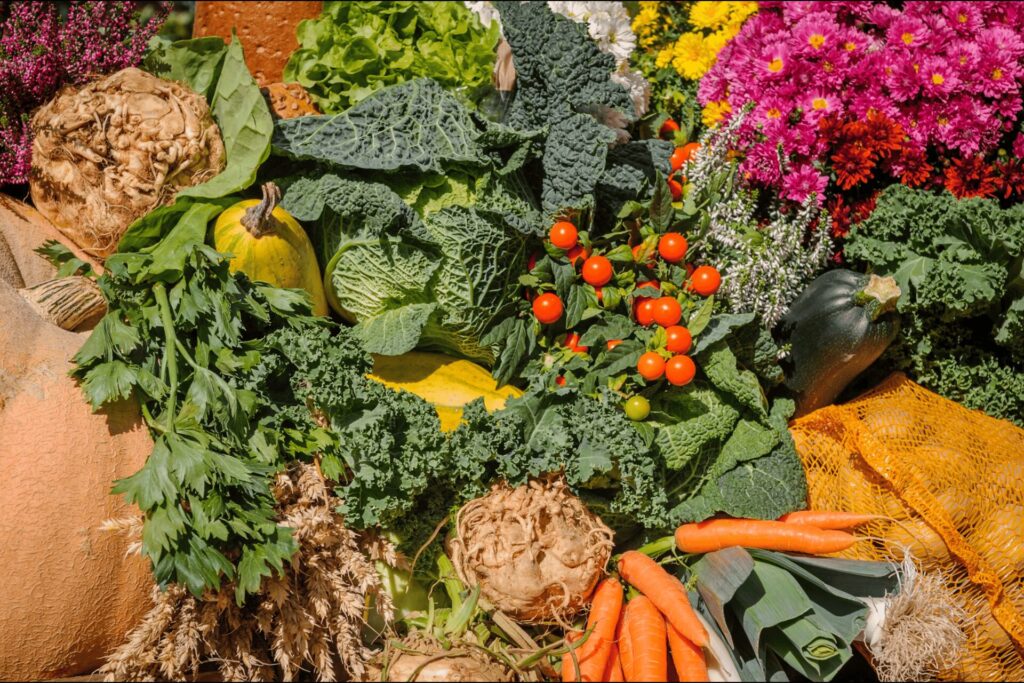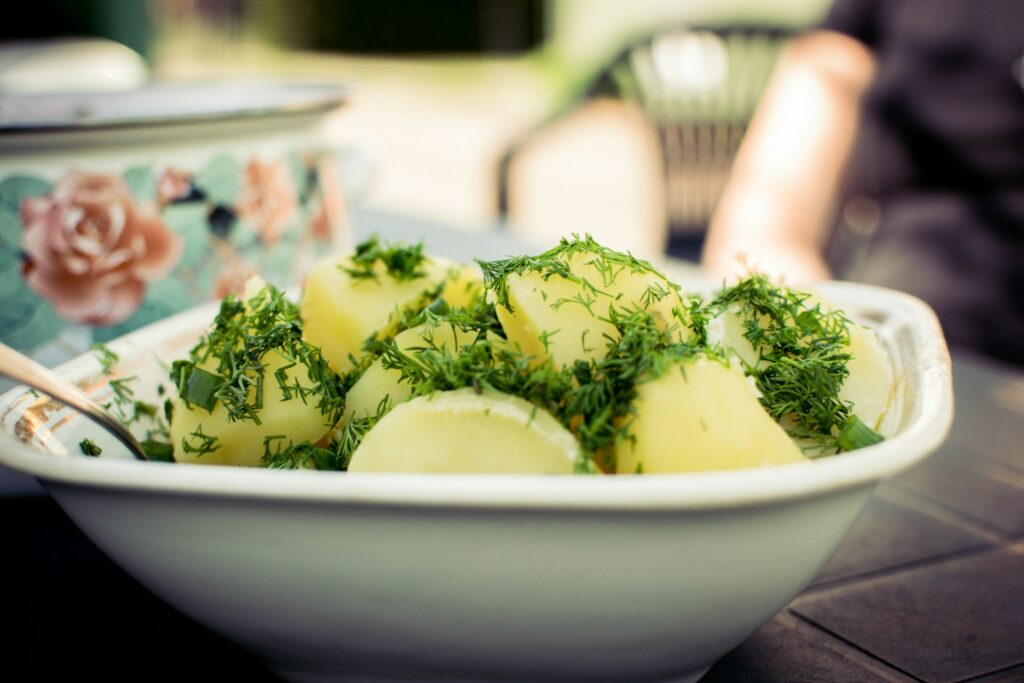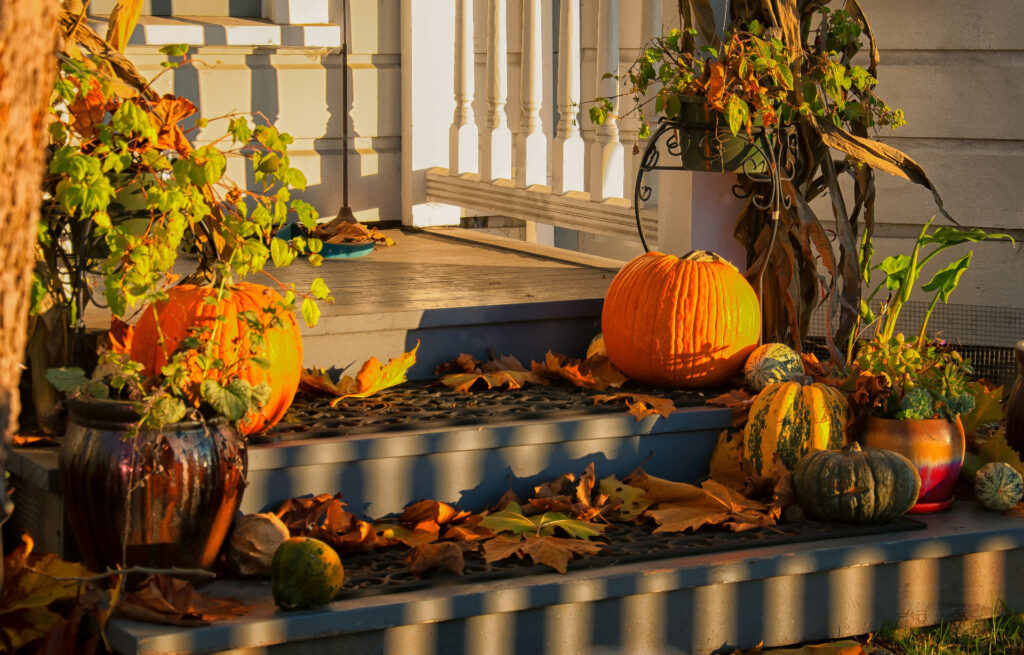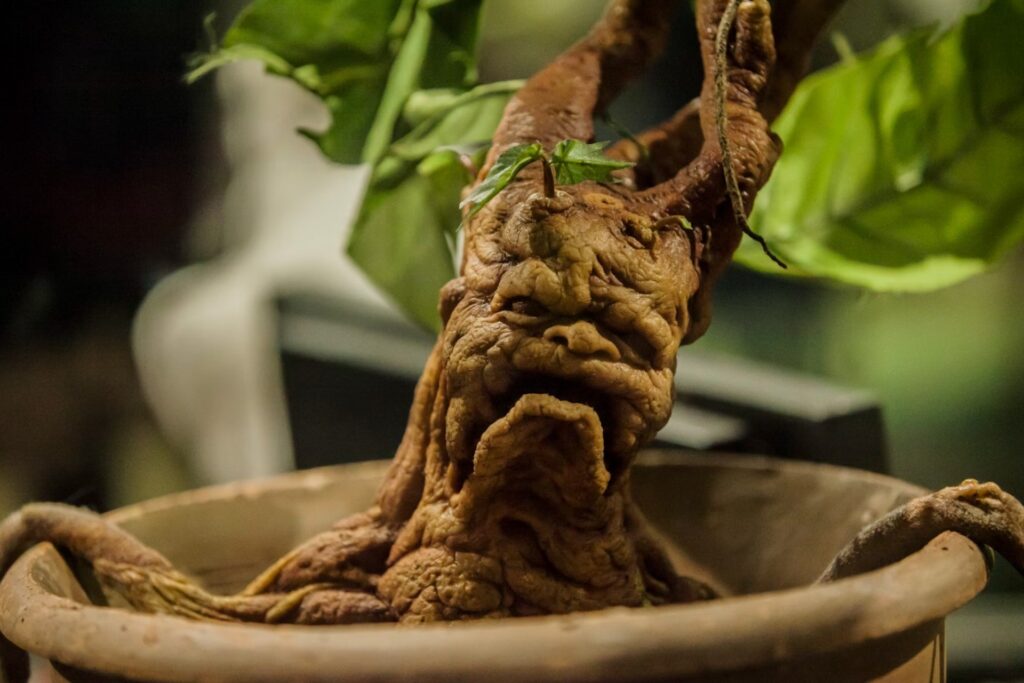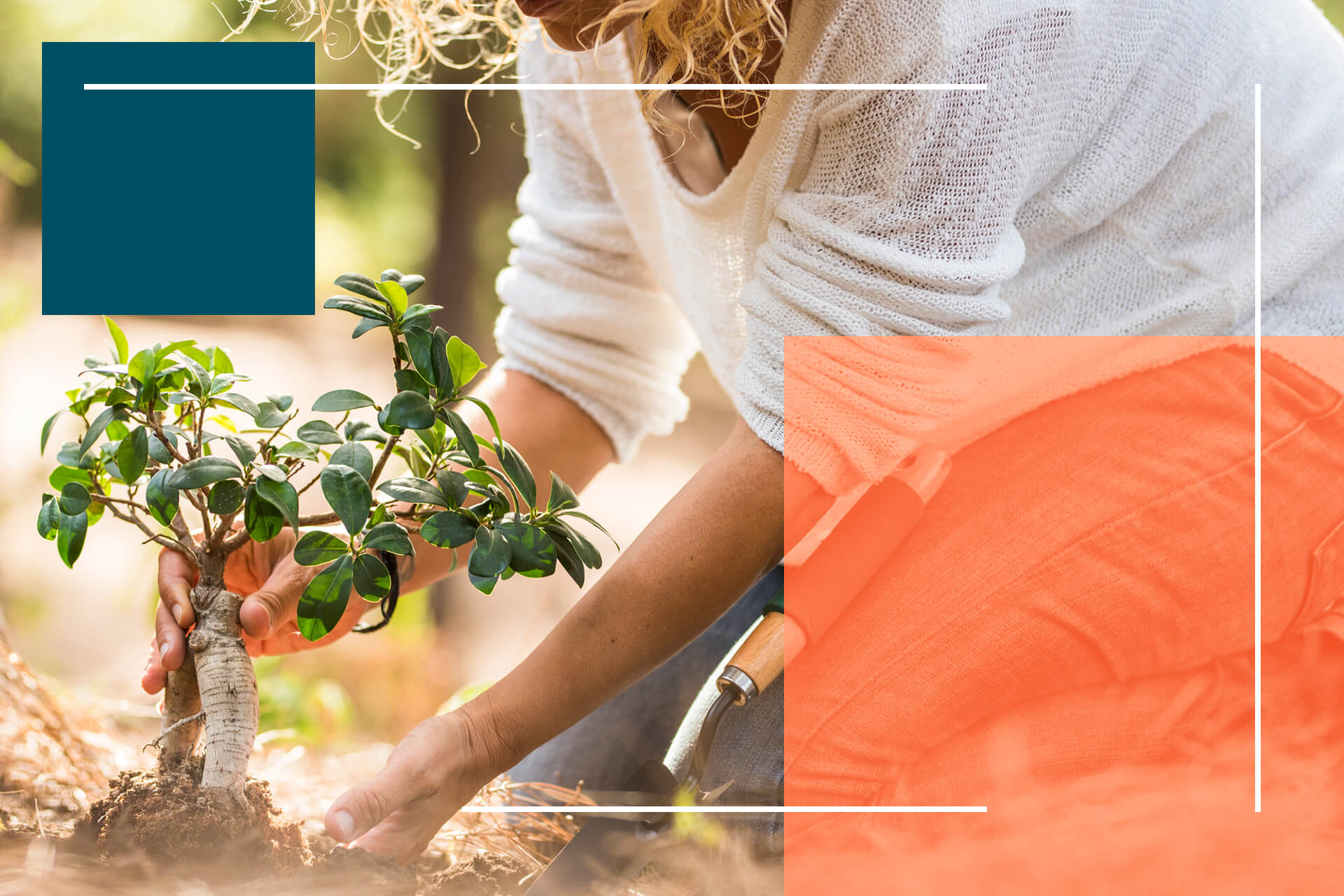
We are reader-supported. When you buy through links on our site, we may earn an affiliate commission.
Whether you’ve just moved into a new home or you’re planning to redo your landscaping, figuring out which plants you want in your yard is a big deal. Especially for those who may not have the greenest of thumbs, it’s hard to tell which plants would both thrive in the environment and look just right in your outdoor space. We’re here to help with some tree planting tips on location, timing and selection.
Trees can be difficult since they have a longer growth cycle than your average flower bush. They’ll need a lot of care once you plant them. They also may take a while to grow. As such, there are fewer obvious signs that the trees are growing correctly. The key is to understand what you’re getting into before you get to planting — which means you’ll have to do some research.
Before you get out your shovel and hose, read some tips. Doing so will make you an expert on planting the right trees for your yard. You’ll feel much better when you’re ready to select them at your local plant shop or order saplings online. You’ll know what you’ll be getting year round and exactly how to take care of your trees no matter what the weather sends your way.
Tree Planting Tips
Trees all look different when they’re saplings versus when they’re fully grown. What do you want your yard to look like now, and what should it look like when your trees are all grown up? Those may be two entirely different looks depending on what you plant, so think about what you want the overall design for your yard to be.
You should also consider what you want the trees to do. Should they provide lots of shade around areas you’ll be spending time in when you’re outside? Should they have less debris that might fall and create extra yardwork for you, like clearing away pine needles and cones? Trees will also have differences in height and width, affecting where you can plant them.
Planting the right trees for your yard takes a lot of thought. Once you find the perfect balance between curb appeal and function — delicious apples straight from the tree, anyone? — it gets a little easier. You’ll have narrowed down what you want your tree to do, and the next step will be finding which type of tree is right for those requirements.
Research Your Area
When it comes to the well-being of your future trees, you’ll have to know more about your area than just when it typically rains or snows. There’s a plant index you can check out to see where plant types grow best. This step will help you get closer to making your final decision. Most importantly, it’ll also prevent any early deaths from trees that weren’t meant to grow where you live.
Find out either online or through local gardening groups what kind of soil your area has. Take notes on what trees are blooming in your neighbors’ yards and whether you’d like them on your own land. You should also think about contacting your local government or Homeowner’s Association Board to make sure there aren’t any rules against growing certain kinds of trees in your neighborhood.
Finding The Right Time
Checking out the Old Farmer’s Almanac is a great way to learn some tree planting tips. They have plenty of articles about trees that go in-depth about how to care for them. While a quick internet search could bring some answers, the Old Farmer’s Almanac has been trusted for centuries and can provide expert advise on planting the right trees.
Worried that you might have missed the time frame to plant the kind of tree you want? See if you can grow the sapling version indoors until the right time of year comes back around. The tree will most likely be fine if it’s kept inside an indoor porch or sheltered in a closed garage and given the right amount of watering and sunlight. Trees grow so slowly that you won’t have to worry about re-potting yours multiple times before you can finally plant it outside.
Planting The Right Trees
Trees are massive plants that can be seen by just about everyone, from your next-door neighbor to someone driving on the other end of your street. They’re slightly more complicated to grow than a bush or other small plant, however. When you start planting trees in your yard, you have to know they’re the right ones for where you live.
This knowledge requires some dedication before you ever pull on your gardening gloves. Read as much as you can about trees you think you’d like to grow. See what your neighbors have in their yards, and talk with a local gardening club or store to get advice. Also, remember to see if there are any restricted plants for where you live!
If you follow these tree planting tips, in the end, you’ll feel confident that you’re planting the right trees for your yard. You’ll know what they are, how they grow and how they’re cared for. By the time you get to planting, you may even notice that your thumb has turned a few shades greener.
